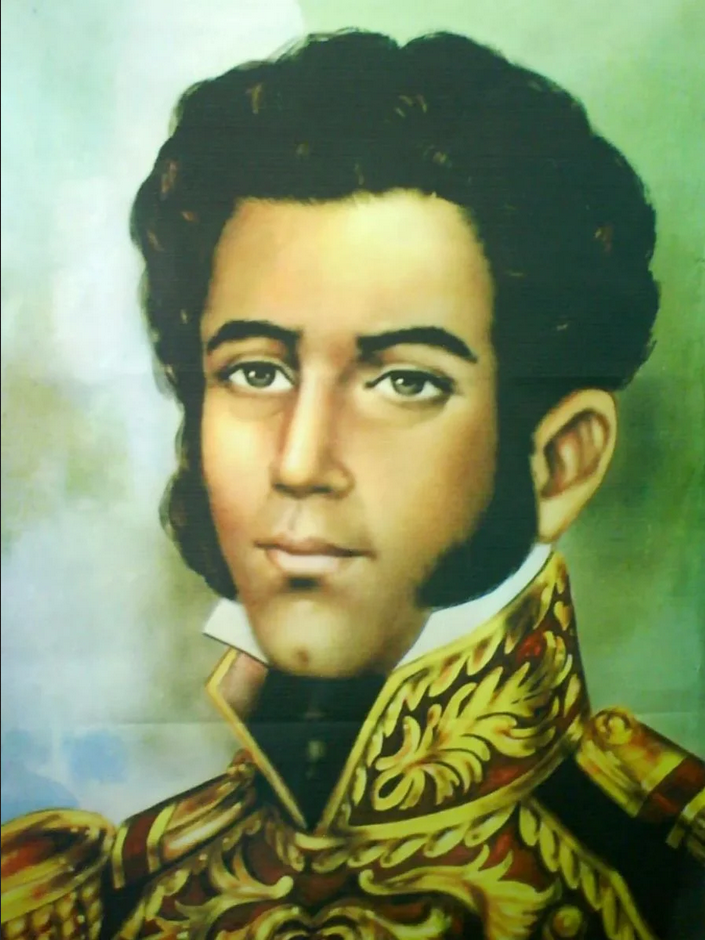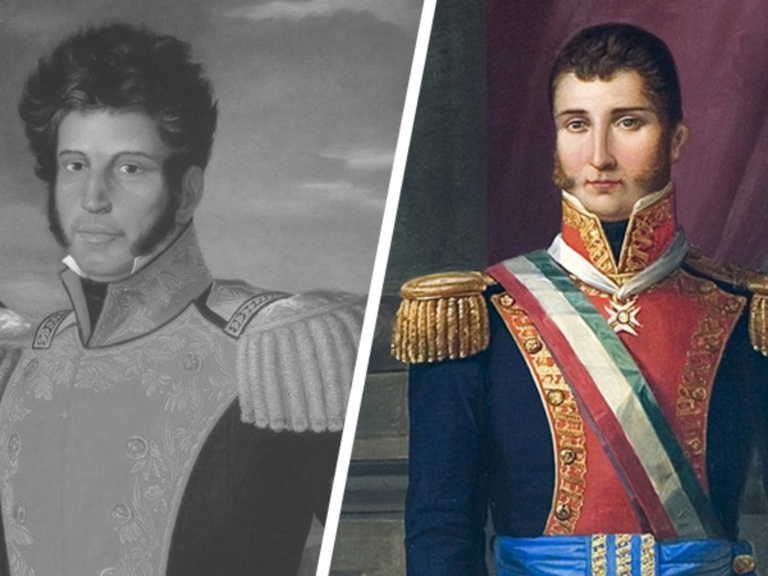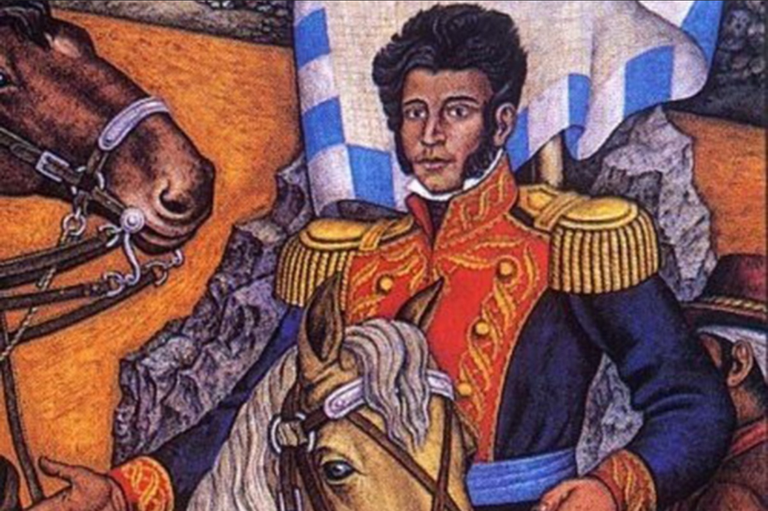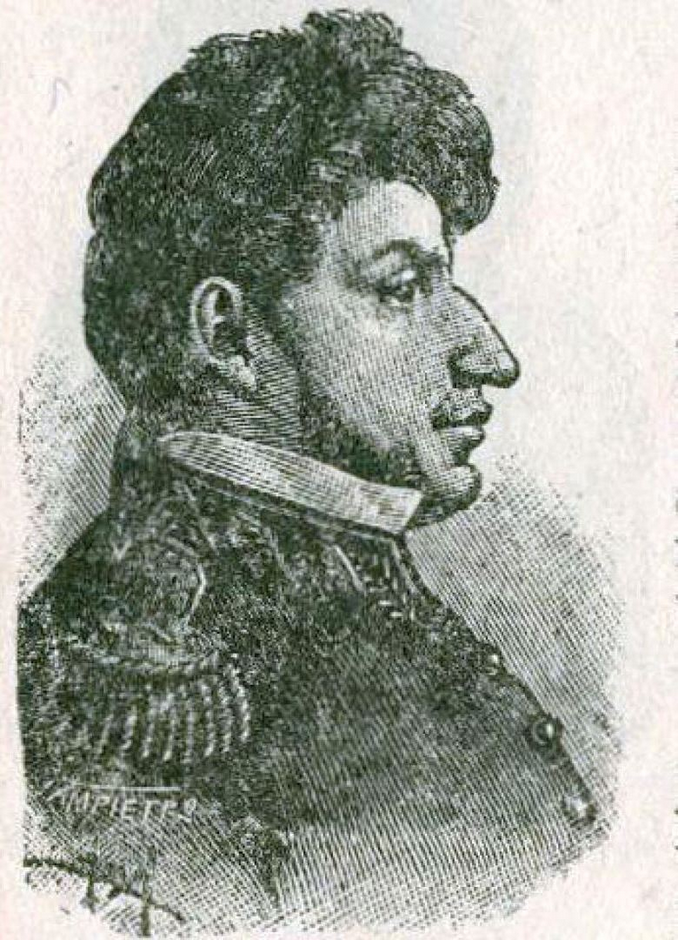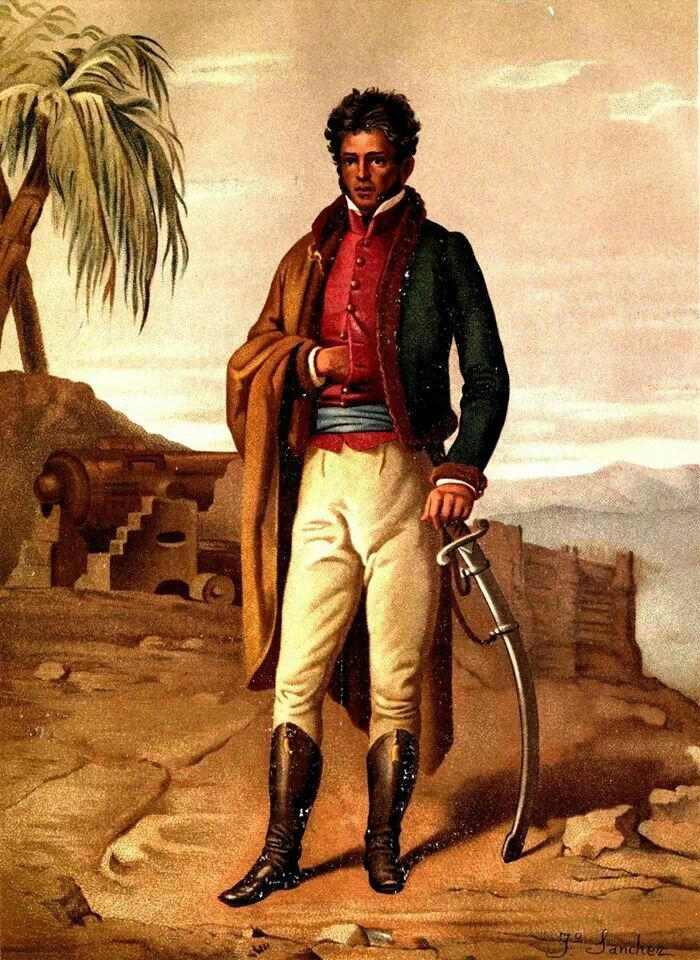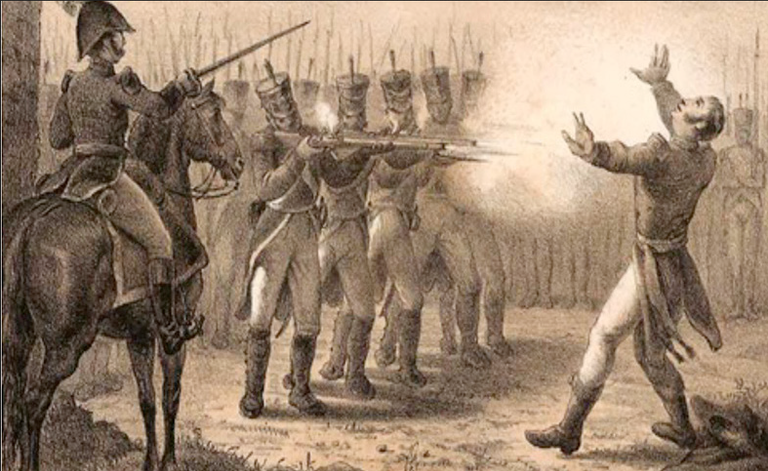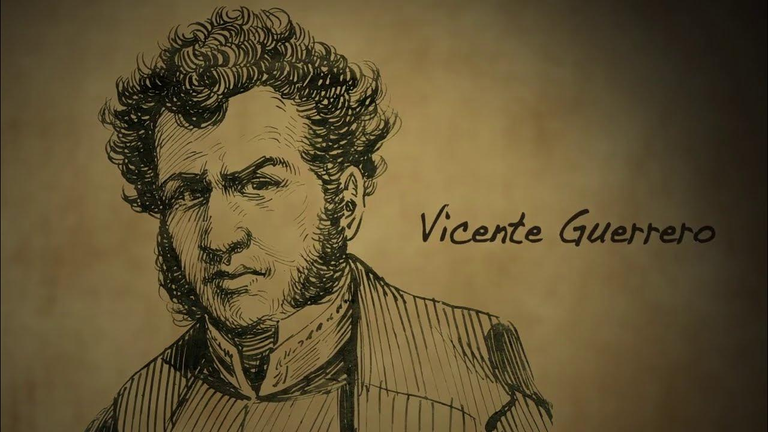After discussing Hidalgo and Morelos in my previous posts about Mexican Independence, it's time to look at the third most famous character, Vicente Guerrero, completing the long and winding road that led to the independent Republic of Mexico. The inspiration to this post, just like the previously mentioned ones, came from the comments by @city-of-berlin to what I posted about The Angel of Independence.
The Enemy Who Simply Would Not Go Away
As described in my first post, Miguel Hidalgo proclaimed Mexico's independence in his famous Cry of Dolores in 1810. What followed were years of fighting, innumerable losses, and the eventual execution of Hidalgo and his fellow insurgent leaders. In the South José Maria Morelos continued to fight, but in 1815 even he was defeated and executed, making the entire struggle for independence seemingly lost. Except for a few scattered warriors hiding out in the mountains, who may not even have heard that their war was lost...
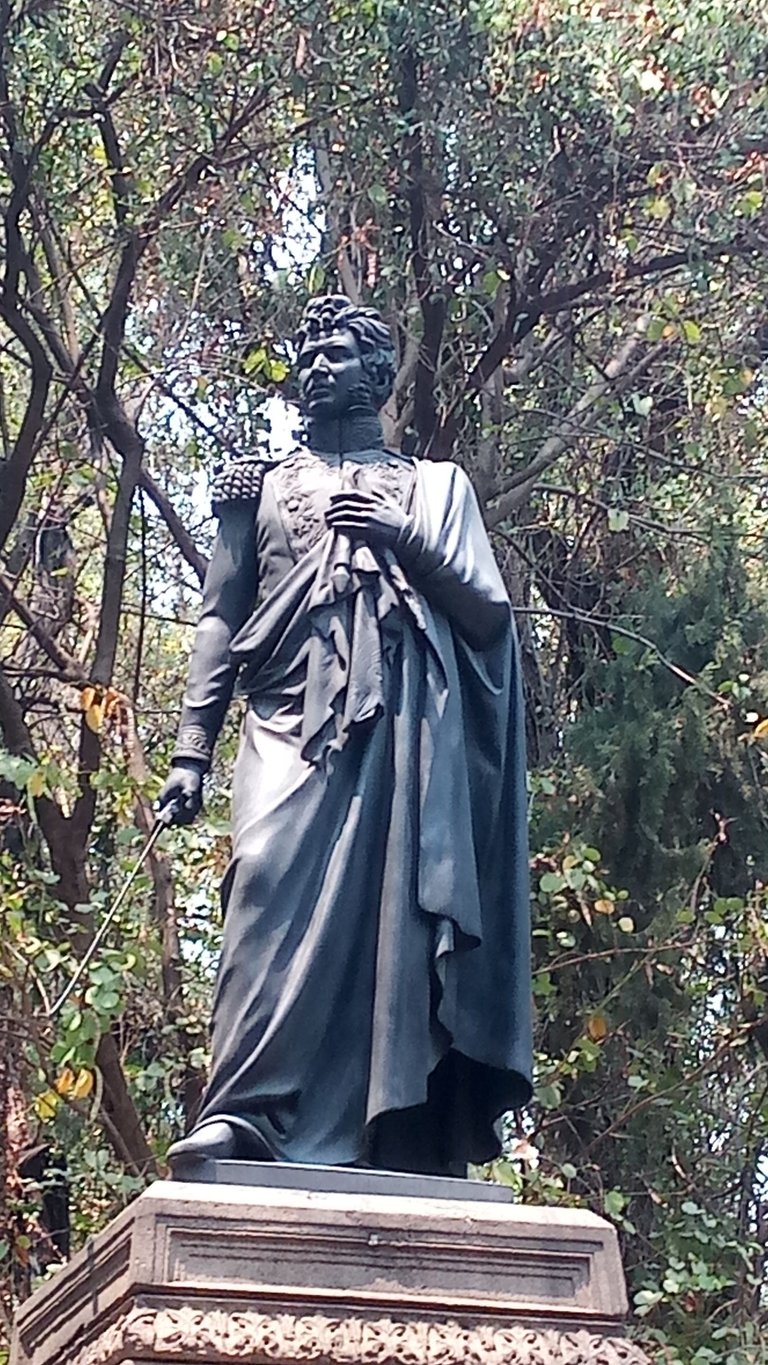
One such warrior was Vicente Ramón Guerrero Saldaña, a character with a bit of a murky past. Coming from a family of landholders and gunsmiths, his origins were not clearly defined, which suggests that unlike other insurgent leaders, he was not 100% European. Though there is no consensus whether he was of native or African origin, or possibly a combination thereof, he is commonly depicted as afrodescendent. Since all his portraits have been made posthumously, his real ethnicity remains unknown, not that it actually matters too much. What is much more important, is that for several years he maintained his guerilla warfare against the crown, hiding out in the Sierra Madre and conducting raids on royalist forces.
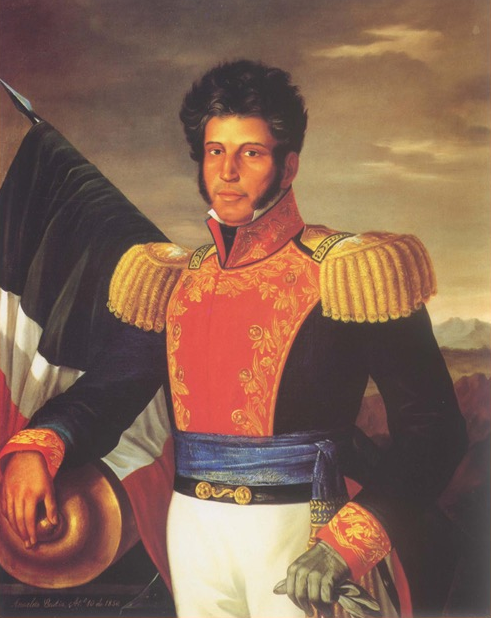
image source
Winds of Change in New Spain
After they had been unable to defeat Guerrero for five years, colonial elites in Mexico started to change their approach. Back in Spain the liberal movement ousted the king and implemented a constitution, so the elites of New Spain suspected that their power might be reduced too as a consequence. Maybe independence was the right way after all? The man to carry out their plan was Augustín de Iturbide, who eventually led Mexico to its independence while maintaining a type of monarchy. But before he could do that, the rebels in the mountains had to be defeated. However, in the end Guerrero and Iturbide joined forces in creating the first Mexican empire.
The empire barely lasted ten months, as it was precisely Guerrero who rose up against it, together with Nicolas Bravo and Guadalupe Victoria, who became the first elected president of the republic. Honestly, the names Bravo, Guerrero, and Victoria (meaning "brave", "warrior" and "victory" would be the worst choices if this was a fictional story. However, as it happens to be, history writes the best fiction. Anyway, more than 14 years after the grito of Miguel Hidalgo the Mexican republic had finally been achieved... even though it took another 12 years for Spain to abandon the idea of a reconquest.
Setting the Trend for the Coming Decades
For anyone who knows a bit about Mexico's history in the 19th century, it is one armed conflict leading to the next, including foreign invasions, civil unrest, rebellions and counter rebellions, including within the presidency. One common aspect of Mexican politics of that time was how vice-presidents frequently rose up against the incumbent president. And this is not to mention how the results of elections were often violently contested, so the winning candidate did not always end up becoming president.
Guerrero happened to exemplify both these trends. In 1828, after Guadalupe Victoria had completed his four-year term (the only president to do so in the first 30 years of the country), the winner of the subsequent elections was a man named Manuel Gómez Pedraza. However, certain political leaders did not like this result, and after a short revolt the second president of Mexico became Vicente Guerrero.
He didn't stay in power too long either. In the same year that he assumed the presidency, his vice-president Anastasio Bustamante rose up against him, leading to another armed conflict in the mountains, which this time only lasted about a year. Being tricked by treason, eventually Guerrero was captured and executed, but not without leaving a lasting legacy.
Abolishing Slavery
The most important deed Guerrero is remembered for, is effectively abolishing slavery in all of Mexico. Together with his partially non-white heritage, and even more so due to him being depicted as dark-skinned, this act made him to be remembered as the "ethnically diverse Mexican reclaiming what's his"... or something along these lines. Incidentally, the fact that he was executed instead of exiled, is also often attributed to his racial background. In this way, he has always been important in paving the way for how racism is discussed in Mexico.
Even though the tumultuous times that mark the life of Vicente Guerrero ended up lasting well over a century until after the Mexican Revolution, there can be no doubt that the old dream of independence from Spain had been achieved with him. The fact that he happened to be on various sides of this struggle, maybe even simultaneously, only shows the complexity of this man living during a fascinating part of Mexican history.
